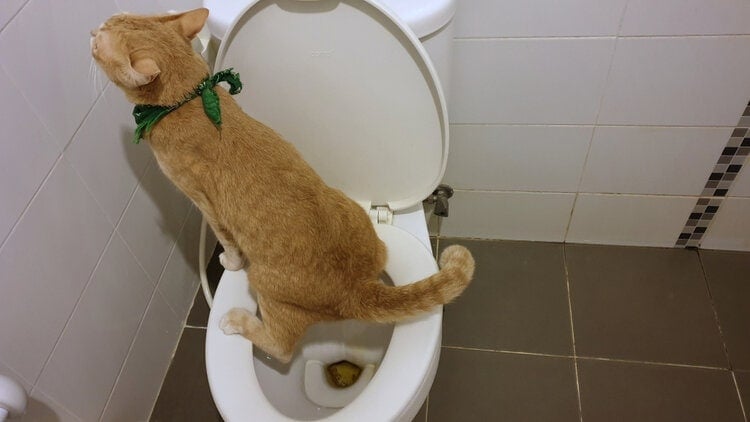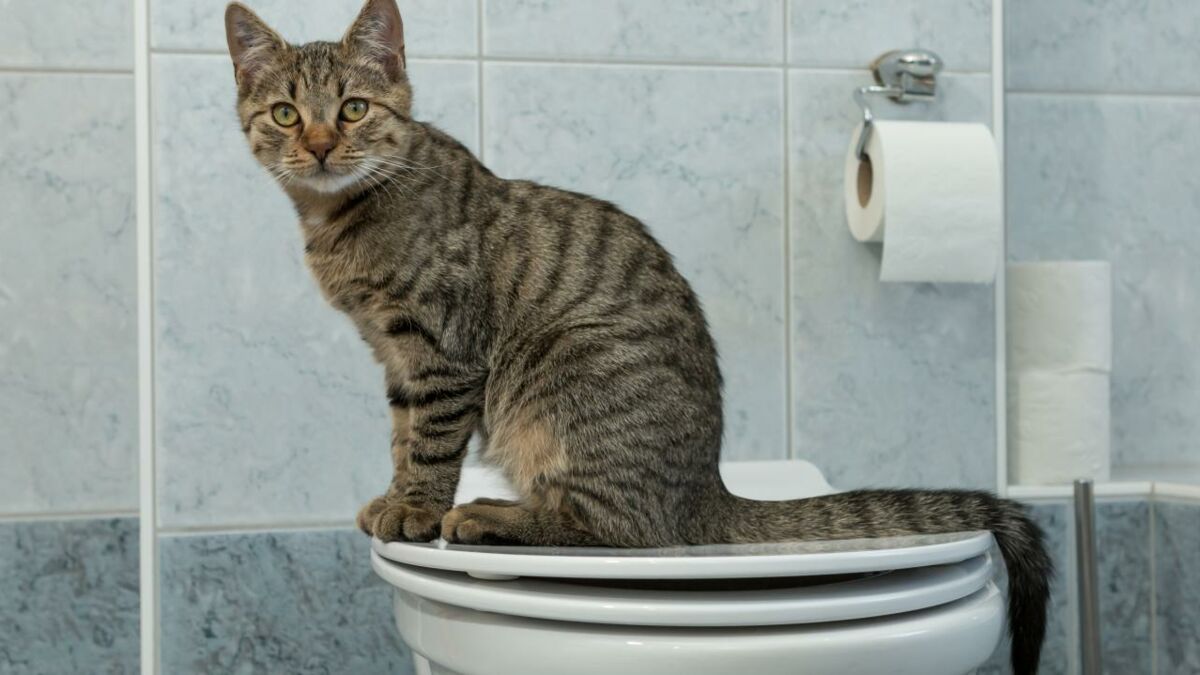Avoid Flush Cat Poop Down Your Toilet - Protect Your Plumbing Infrastructure
Avoid Flush Cat Poop Down Your Toilet - Protect Your Plumbing Infrastructure
Blog Article
We've discovered this great article involving How to Dispose of Cat Poop and Litter Without Plastic Bags listed below on the internet and think it made good sense to talk about it with you on my blog.

Intro
As cat owners, it's necessary to bear in mind exactly how we throw away our feline friends' waste. While it might appear hassle-free to purge pet cat poop down the commode, this technique can have damaging repercussions for both the atmosphere and human health and wellness.
Environmental Impact
Flushing cat poop introduces damaging microorganisms and parasites into the supply of water, posing a considerable danger to water ecological communities. These impurities can negatively affect aquatic life and compromise water high quality.
Health Risks
In addition to environmental concerns, flushing feline waste can likewise pose wellness risks to human beings. Pet cat feces might consist of Toxoplasma gondii, a parasite that can cause toxoplasmosis-- a possibly serious illness, particularly for expectant ladies and individuals with weakened body immune systems.
Alternatives to Flushing
The good news is, there are much safer and much more responsible ways to dispose of pet cat poop. Consider the following options:
1. Scoop and Dispose in Trash
The most common approach of throwing away feline poop is to scoop it into a naturally degradable bag and throw it in the trash. Make sure to make use of a specialized litter scoop and throw away the waste immediately.
2. Use Biodegradable Litter
Opt for biodegradable cat trash made from materials such as corn or wheat. These clutters are eco-friendly and can be safely disposed of in the trash.
3. Bury in the Yard
If you have a lawn, consider hiding cat waste in an assigned location away from veggie gardens and water sources. Be sure to dig deep enough to avoid contamination of groundwater.
4. Install a Pet Waste Disposal System
Buy an animal garbage disposal system particularly made for cat waste. These systems utilize enzymes to break down the waste, lowering odor and ecological influence.
Verdict
Liable animal ownership prolongs past providing food and sanctuary-- it additionally involves correct waste management. By avoiding purging cat poop down the commode and going with alternative disposal techniques, we can decrease our environmental impact and shield human health.
Why Can’t I Flush Cat Poop?
It Spreads a Parasite
Cats are frequently infected with a parasite called toxoplasma gondii. The parasite causes an infection called toxoplasmosis. It is usually harmless to cats. The parasite only uses cat poop as a host for its eggs. Otherwise, the cat’s immune system usually keeps the infection at low enough levels to maintain its own health. But it does not stop the develop of eggs. These eggs are tiny and surprisingly tough. They may survive for a year before they begin to grow. But that’s the problem.
Our wastewater system is not designed to deal with toxoplasmosis eggs. Instead, most eggs will flush from your toilet into sewers and wastewater management plants. After the sewage is treated for many other harmful things in it, it is typically released into local rivers, lakes, or oceans. Here, the toxoplasmosis eggs can find new hosts, including starfish, crabs, otters, and many other wildlife. For many, this is a significant risk to their health. Toxoplasmosis can also end up infecting water sources that are important for agriculture, which means our deer, pigs, and sheep can get infected too.
Is There Risk to Humans?
There can be a risk to human life from flushing cat poop down the toilet. If you do so, the parasites from your cat’s poop can end up in shellfish, game animals, or livestock. If this meat is then served raw or undercooked, the people who eat it can get sick.
In fact, according to the CDC, 40 million people in the United States are infected with toxoplasma gondii. They get it from exposure to infected seafood, or from some kind of cat poop contamination, like drinking from a stream that is contaminated or touching anything that has come into contact with cat poop. That includes just cleaning a cat litter box.
Most people who get infected with these parasites will not develop any symptoms. However, for pregnant women or for those with compromised immune systems, the parasite can cause severe health problems.
How to Handle Cat Poop
The best way to handle cat poop is actually to clean the box more often. The eggs that the parasite sheds will not become active until one to five days after the cat poops. That means that if you clean daily, you’re much less likely to come into direct contact with infectious eggs.
That said, always dispose of cat poop in the garbage and not down the toilet. Wash your hands before and after you clean the litter box, and bring the bag of poop right outside to your garbage bins.
https://trenchlesssolutionsusa.com/why-cant-i-flush-cat-poop/

I was made aware of that report on How to Dispose of Cat Poop and Litter Without Plastic Bags from an acquaintance on another blog. Do you know somebody who is serious about the subject? Be sure share it. Bless you for your time. Visit again soon.
Book Appointment Report this page